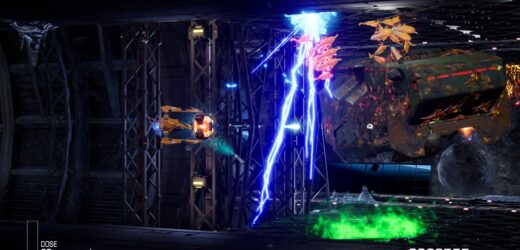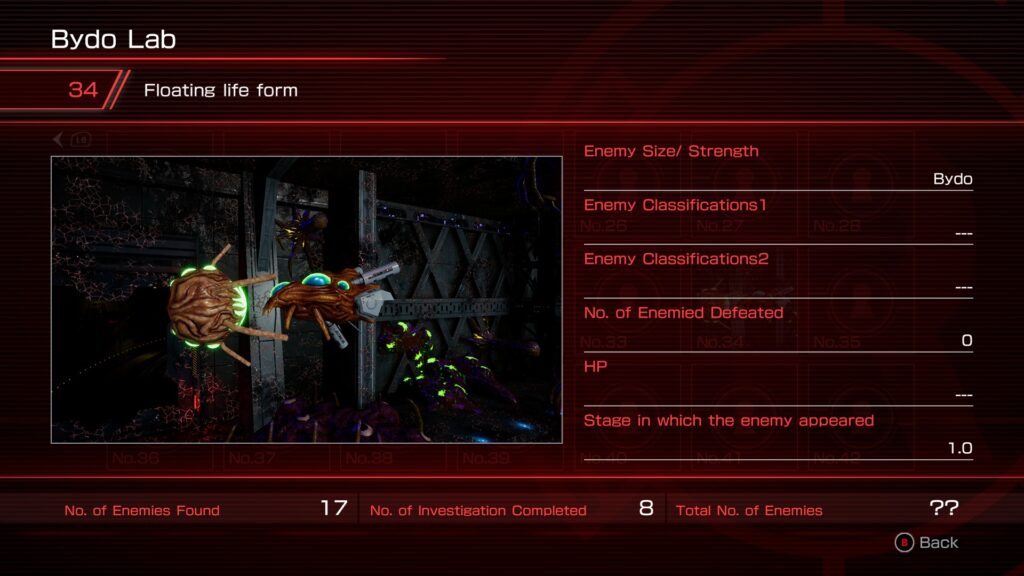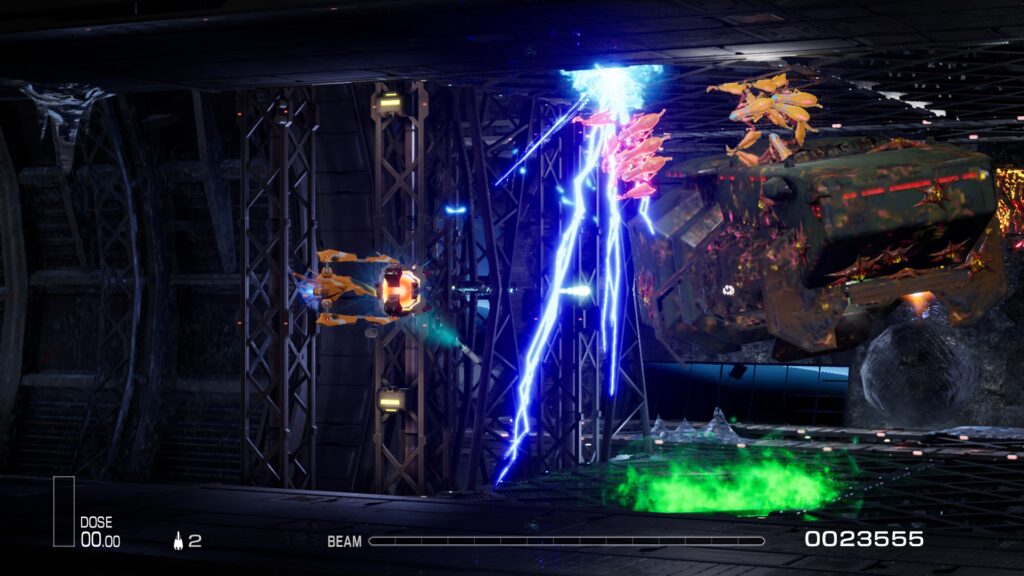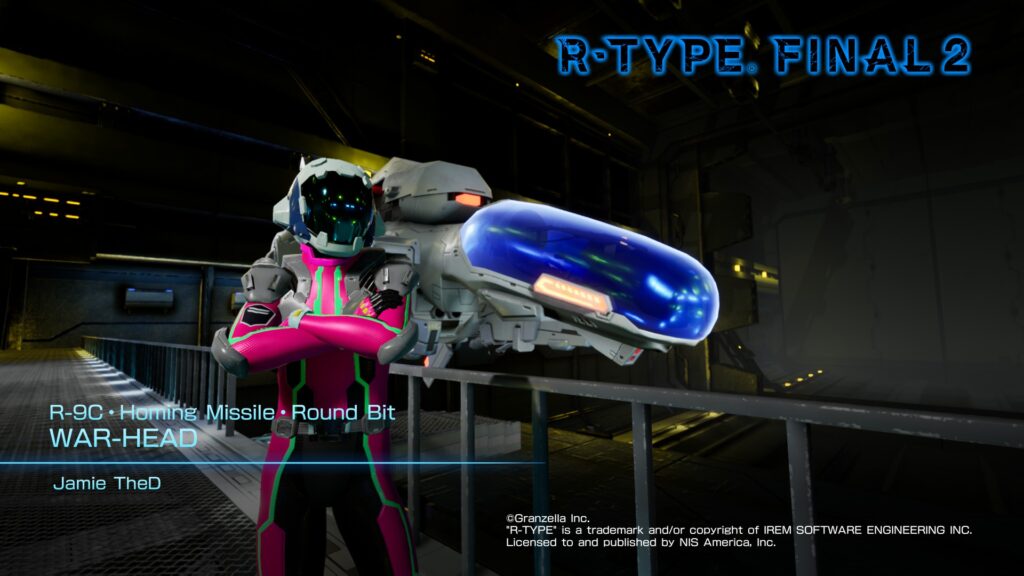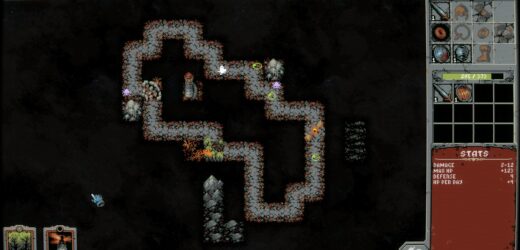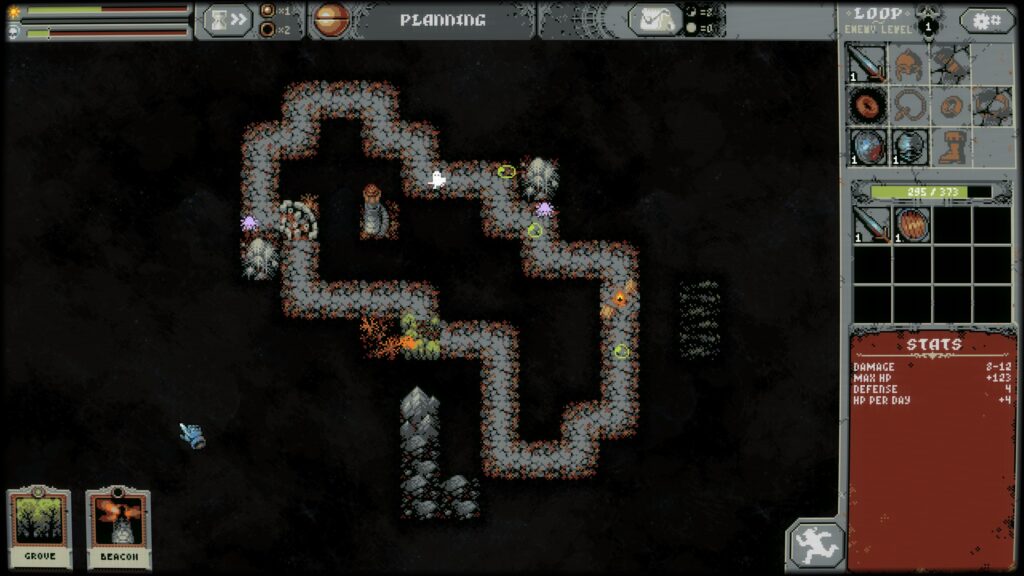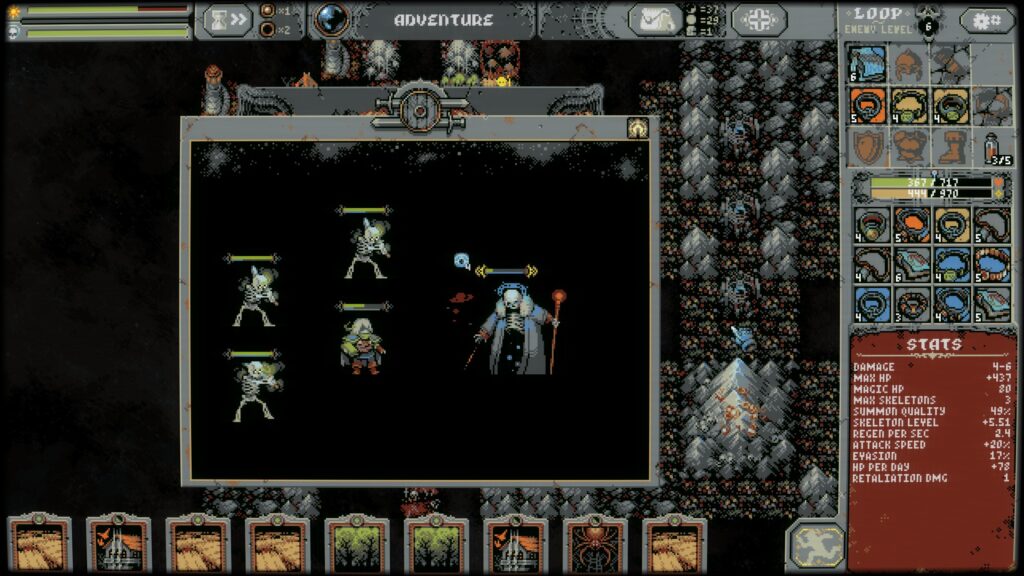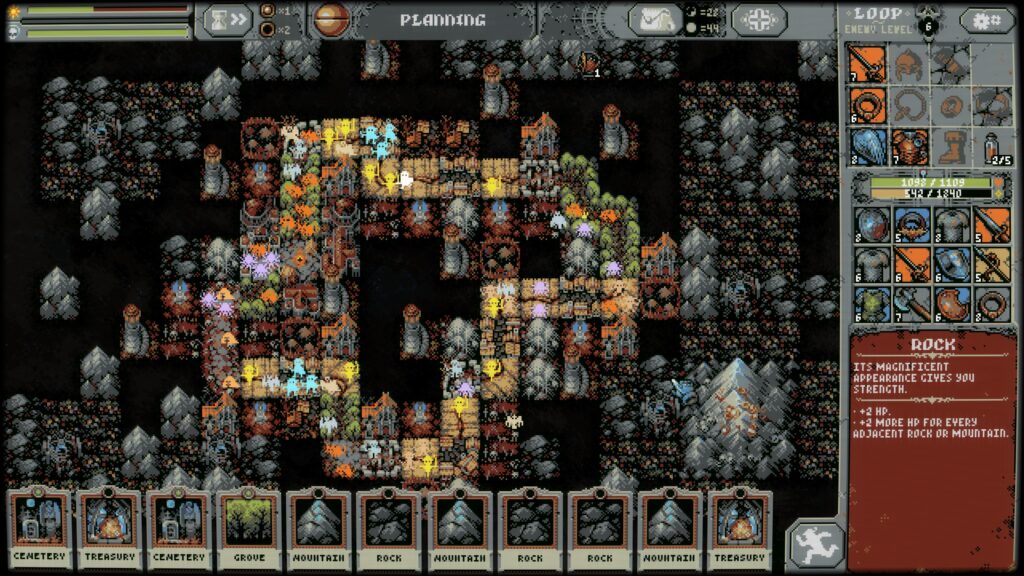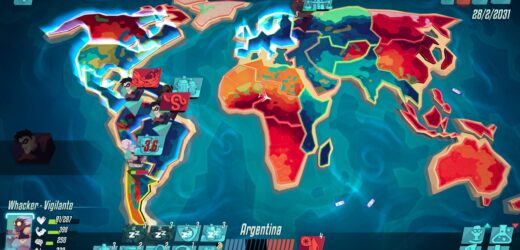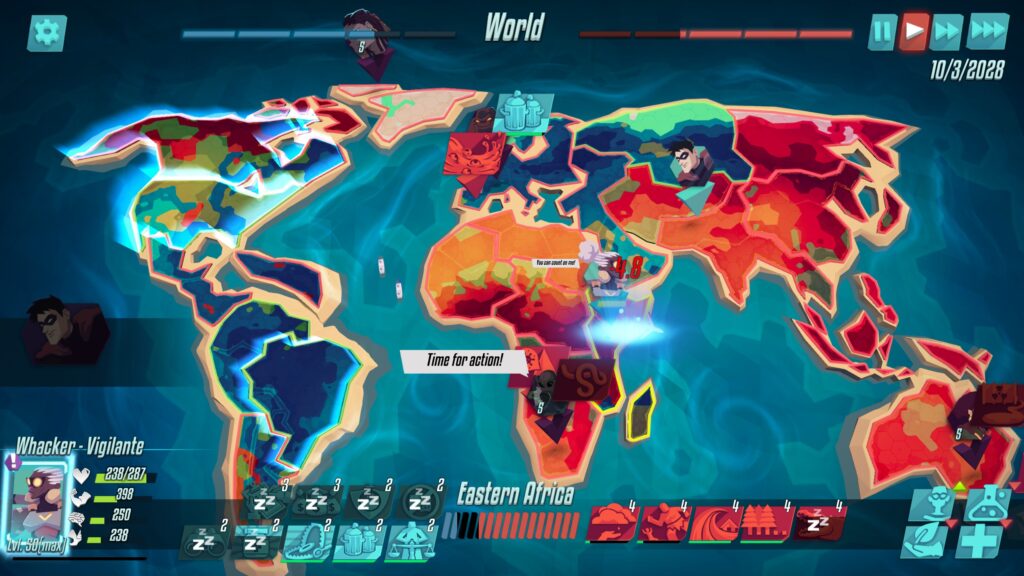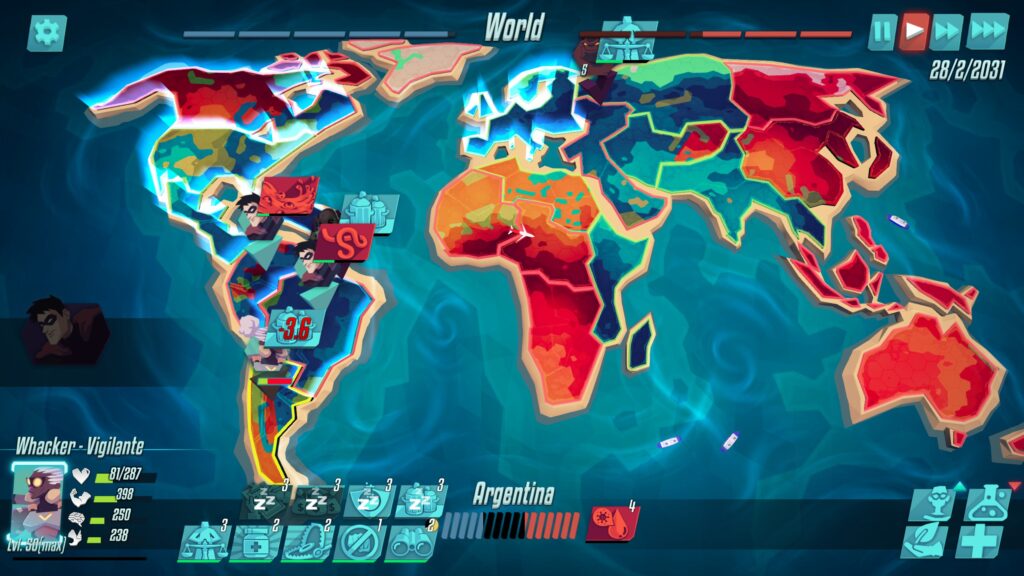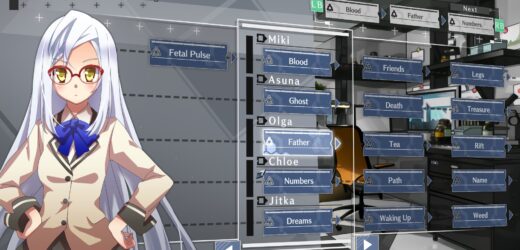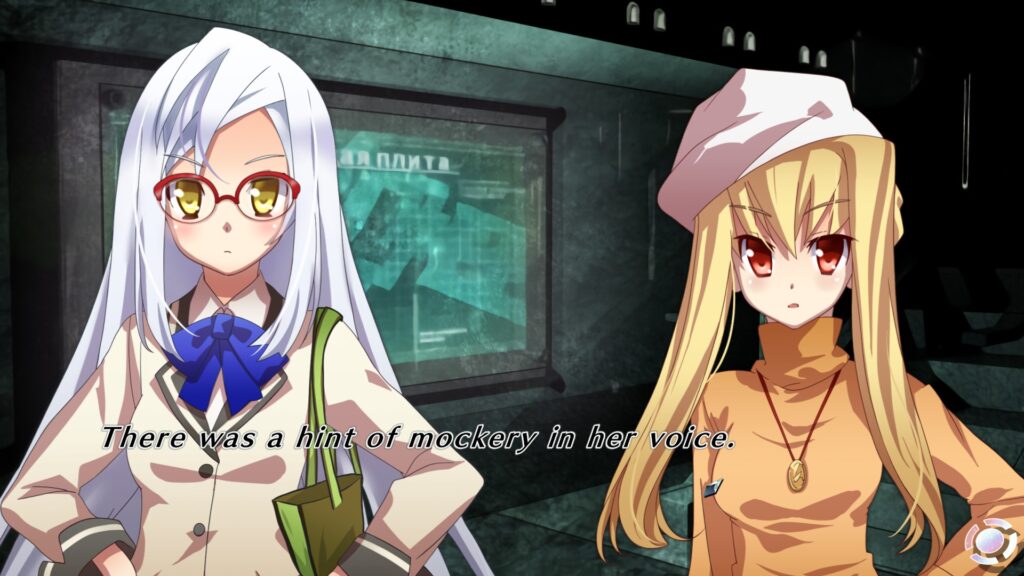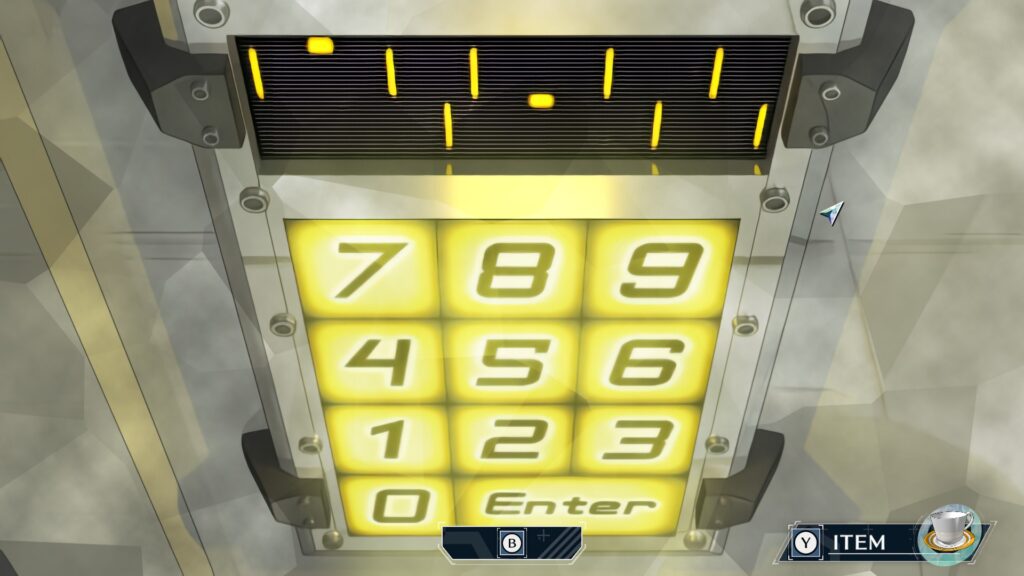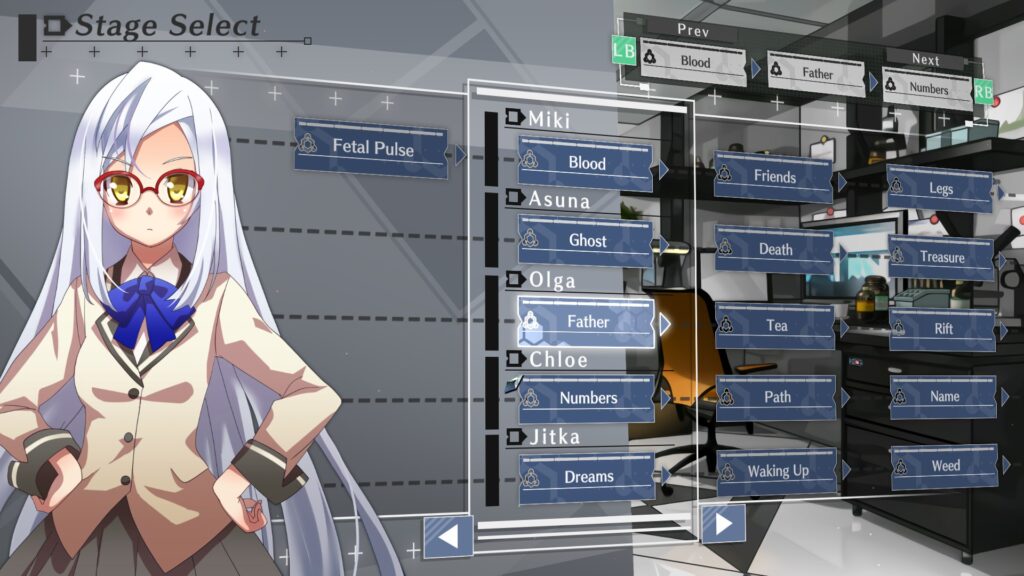Atelier Sophie DX: The Alchemist of the Mysterious Book (Review)
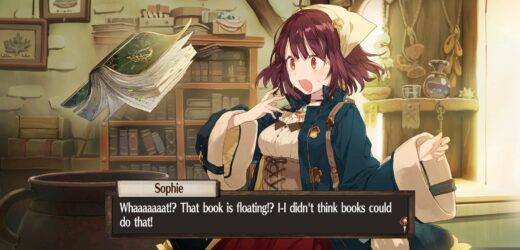
Source: Review Copy
Price: £32.99 (or £74.22 for the whole trilogy of Sophie, Firis, and Lydie and Suelle)
Where To Get It: Steam
Atelier Sophie, The Alchemist of the Mysterious Book, and indeed, the first in the Mysterious Trilogy of the Atelier series, starts off with a bang. In Lydie & Suelle, we had a missing mom, and trashdad. In Firis, we had the feeling of being a bird in a cage, needing to be free.
In Sophie, we encounter a talking alchemy book that has lost its memories. A very snarky talking book too.
Suffice to say, I like Plachta.
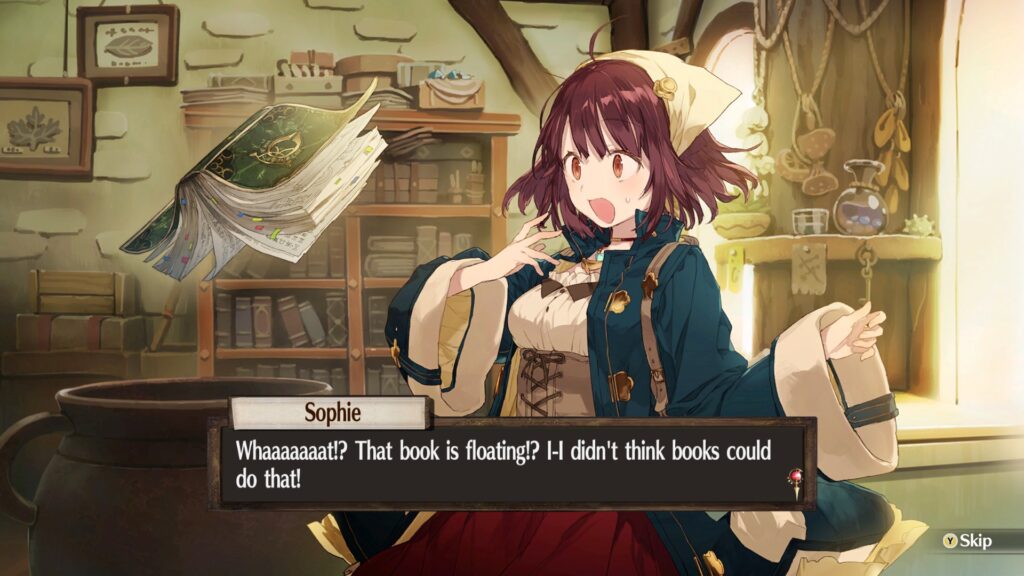
In any case, best to mention the gist of the Atelier games, as this’ll be the first posted of the two parts of the Mysterious Trilogy I haven’t covered: Cute alchemists go on adventures, relatively low stakes until suddenly it’s not, with a puzzle-like crafting system, turn based combat (this time, it varies), and a beautiful world filled with characterful people. By this point, they’d been at the Atelier games for 16 previous games, iterating and testing each time, so for the most part, they’ve got the formula polished (although they experiment to this day.) It’s fun stuff.
It’s also the first Atelier game I’ve played (I have yet to play most of the series) where the stakes introduce themselves pretty early, in the form of a pair of very sus folks. We’ll not go into details, but suffice to say, there’s heavy foreshadowing in the game, and I’m okay with this.
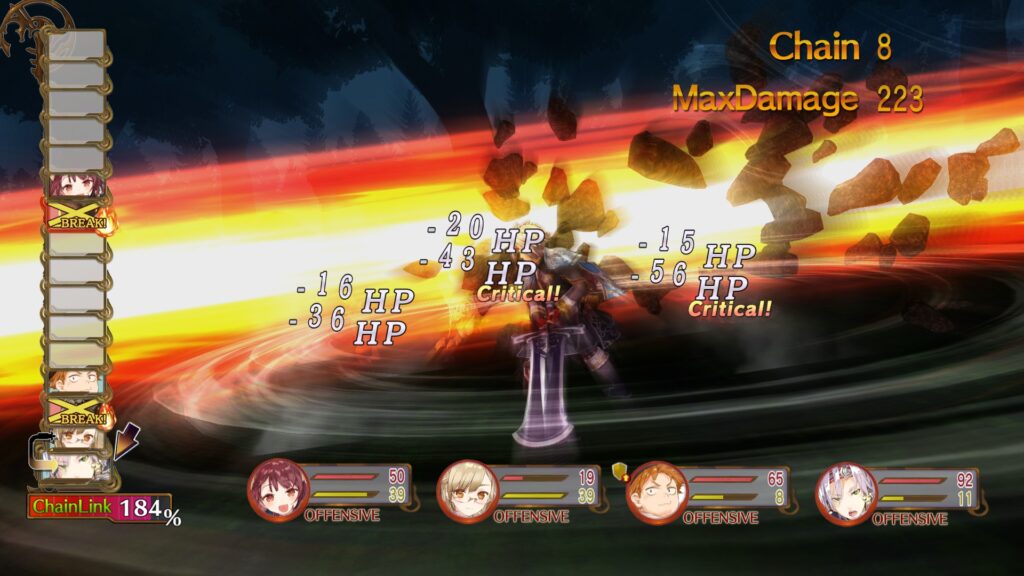
Aesthetically, well… It be an Atelier game. Cool tunes, great character designs, beautiful landscapes to pick flowers and mine from and murder punis in… I haven’t had a complaint yet in terms of aesthetics, and this is no different.
So… Mechanically? Storywise? Any particular problem segments? Not really. The game has some small bugs, but otherwise, it has an interesting take on the usual alchemy funtimes (Where you can improve your cauldron for better effect, rotating parts, that sort of funtime), locations are more limited, but you can revisit them quickly (for greater risk), combat’s very much about chaining things together, although this isn’t terribly difficult, and the game has no timer. Plot is, in fact, based on unlocking recipes, which does, on the one hand, mean you’re grinding things out, but you’re going to be grinding things out anyway, because holy shit, you’ll need those bombs and unis and other weapons of alchemic destruction.
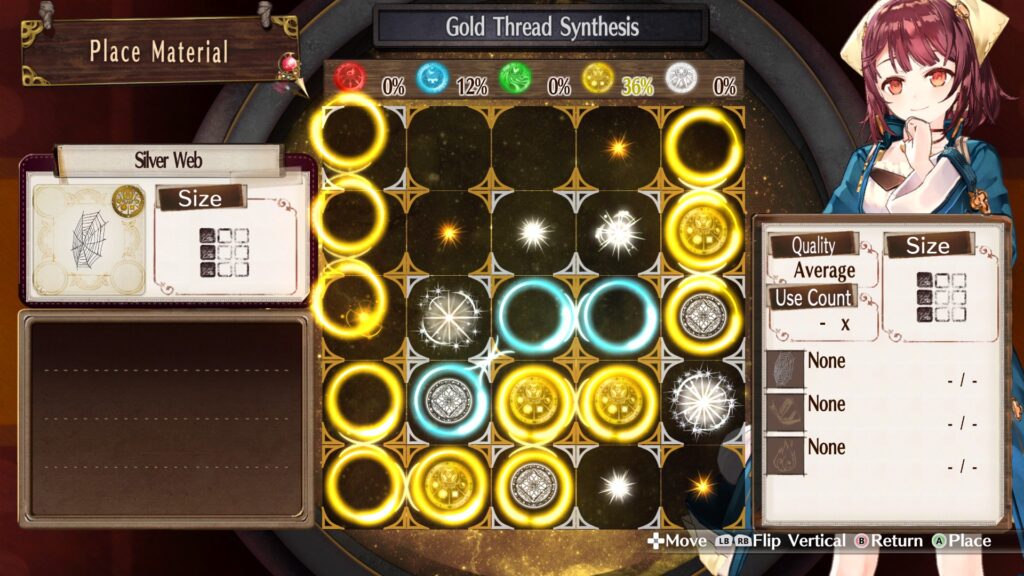
But while, of this trilogy, Lydie & Suelle is my favourite, Sophie comes a close second. I’m enjoying my time with the cast, many of whom return in later games. Including Sophie herself.
As with any Atelier game, if you like cute alchemists, crafting, low stakes gameplay until the latter half of the game, and JRPG funtimes, then yes, Atelier Sophie is a good pick.
Look, cute alchemists doing cute alchemist things, only needing to save the world in the third act? This is extremely my jam. Gimme the Dusk Trilogy. Do it. I’ll do a Going Back on those too!

